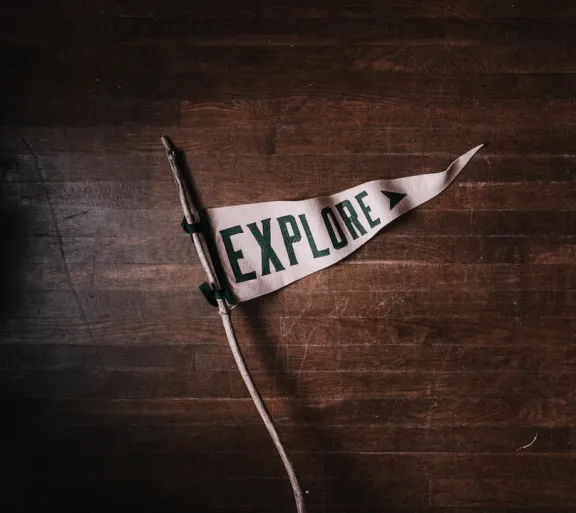How Idealist Consulting Performs Client Discovery
Whether you call it “discovery” or “requirements gathering” or a “needs assessment”, initial discussions with a client in order to create a project plan are often the most critical piece to the overall success of a project. It’s where trust is established, as well as a mutual understanding of core business needs. Both of which are needed when finding potential solutions to the identified problems.
Starting the client discovery process
Depending on the size and complexity of the project, discovery can range from a complimentary phone call to a lengthy paid engagement. The outcome though should remain fairly constant. The purpose of discovery is to reach a common understanding of the goals of the project and the steps that can be taken to accomplish those goals.
At Idealist Consulting our initial discovery during the sales cycle typically lasts about 45 minutes. During that “discovery call”, we are mostly listening. Sometimes we’re like a doctor, trying to isolate symptoms that are treatable in order to improve the overall health of an organization. Other times we’re more like change agents, helping to articulate a vision. And then there are times where we get to be architects and designers from the ground up a database your organization is going to live in for years to come.
Clearing a path forward
Regardless of the role, we assume in the process, what’s most important is that discovery leads to a clear path forward. Coming out of that discovery call, we like to have enough baseline information to put together pain points and possibly a project plan. Sometimes 45 minutes is just not enough time to capture everything. In which case, a follow-up call is necessary, where the client can provide feedback prior to finalizing a Statement of Work. If a more wide-ranging discovery process is necessary, we often recommend a formal assessment, so that the client’s needs and goals can be further fleshed out and documented.
How to know when you’re ready for a technology change
One of the pitfalls of discovery occurs when a client isn’t sure yet what they want or isn’t in a position to frame their organization’s needs. A discovery call is perhaps premature in their customer journey. Some telltale signs that a client isn’t yet ready for a discovery call can be shifting requirements, a lack of stakeholder buy-in, and an inability to prioritize business needs. It’s perfectly OK to realize you’re not ready for a technology change. A valid conclusion drawn from the discovery process may be that the client needs to earn more stakeholder buy-in or do more homework before developing their project plan.
What clients must be wary of is a solution as a quick fix. No matter what new technology you adopt, whether a CRM or mass email, the solutions will require a deep investment of time and energy from your organization. Discovery will only be the first step in a series of learning experiences where the efficiency of the process will likely determine your success far more than the chosen solutions.
Are you looking to take the first step in creating technology change in your office? Knowing how to create the right team and environment for technology change big pieces to this puzzle. Get started piecing it all together with our Be Prepared, Not Scared: Strategies for Technology Change whitepaper today.
















